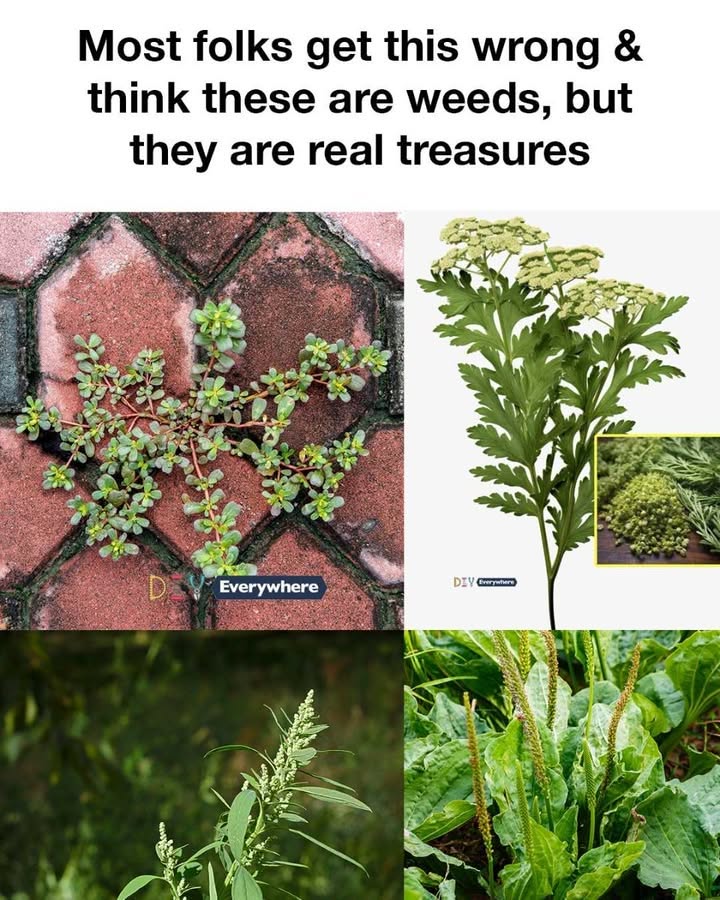5. Dandelion: The Detoxifying Delight
Dandelions (Taraxacum officinale) are often seen as pesky weeds, but they are packed with nutrients and medicinal benefits. They support liver health, aid digestion, and have diuretic properties that help detoxify the body. Dandelion leaves can be eaten raw in salads, while the roots can be used to make a cleansing tea.
6. Chickweed: The Skin Soother
Chickweed (Stellaria media) is a gentle herb known for its soothing effects on the skin. It can be used to relieve itching and inflammation caused by eczema, rashes, and insect bites. Chickweed can be applied as a poultice or infused into oils for topical use.
7. Red Clover: The Hormonal Balancer
Red clover (Trifolium pratense) is valued for its ability to balance hormones and support women’s health. It contains phytoestrogens that can help alleviate symptoms of menopause and improve bone health. Red clover can be consumed as a tea or taken in supplement form.
8. Nettles: The Iron-Rich Ally
Stinging nettle (Urtica dioica) is often avoided due to its sting, but it is a rich source of iron, calcium, and vitamins. Nettles can help alleviate allergies, support joint health, and improve blood circulation. Once cooked or dried, nettles lose their sting and can be used in soups, teas, and tinctures.
9. Lamb’s Quarters: The Wild Spinach
Lamb’s quarters (Chenopodium album) is a nutritious plant often compared to spinach. It is high in vitamins A, C, and K, as well as minerals like calcium and iron. The leaves can be eaten raw or cooked, making them a versatile addition to meals.
10. Violet: The Gentle Anti-Inflammatory
Violets (Viola spp.) are not only beautiful but also possess anti-inflammatory properties. They can be used to soothe sore throats, reduce fever, and treat skin conditions. Violet leaves and flowers can be made into teas or used in salves for topical application.
How to Identify These Medicinal Plants in the Wild
Identifying medicinal plants requires careful observation and knowledge of their characteristics. Look for distinctive features such as leaf shape, flower color, and growth habits. Field guides and mobile apps can be helpful tools for beginners. It’s important to ensure correct identification before using any plant for medicinal purposes.
The Benefits of Incorporating Medicinal Plants into Your Life
Incorporating medicinal plants into your daily routine can enhance your health and well-being. They offer natural alternatives to pharmaceuticals, often with fewer side effects. Additionally, growing and harvesting your own medicinal plants can be a rewarding and sustainable practice that reduces your carbon footprint.
Conclusion: Embracing Nature’s Hidden Gems
By recognizing and valuing the medicinal plants often mistaken for weeds, we can unlock a wealth of natural remedies and contribute to a more sustainable world. These plants are hidden gems in our backyards, offering health benefits and ecological value. Embracing them allows us to connect with nature and harness its healing power.
ADVERTISEMENT

